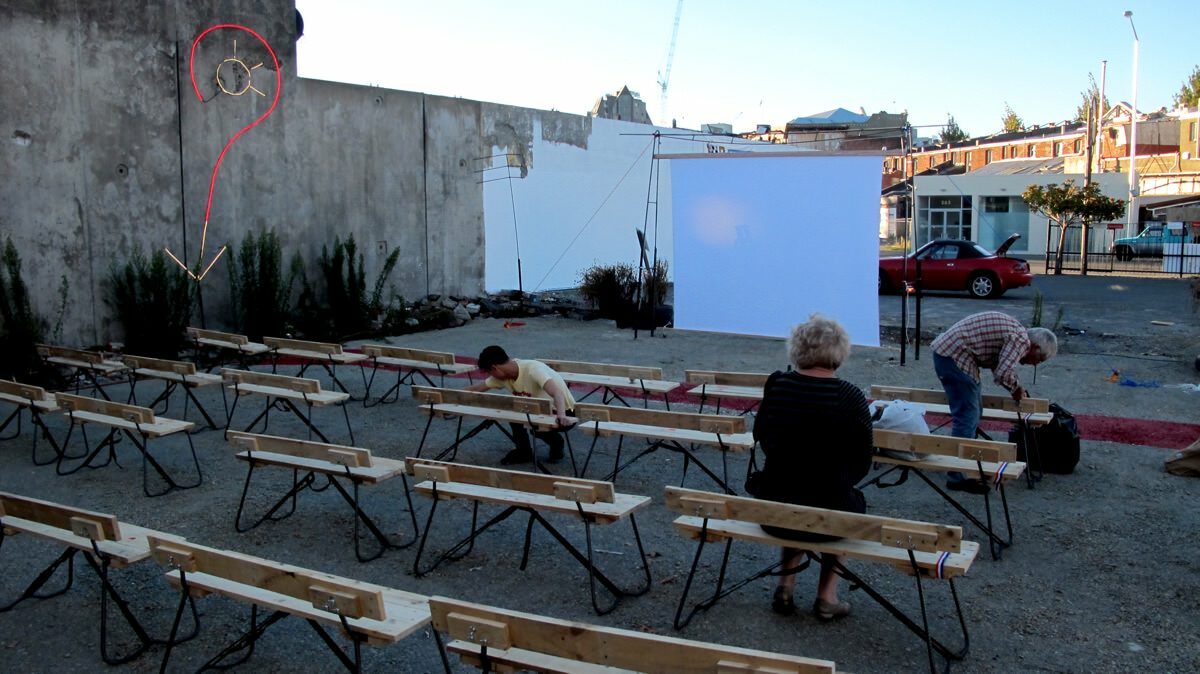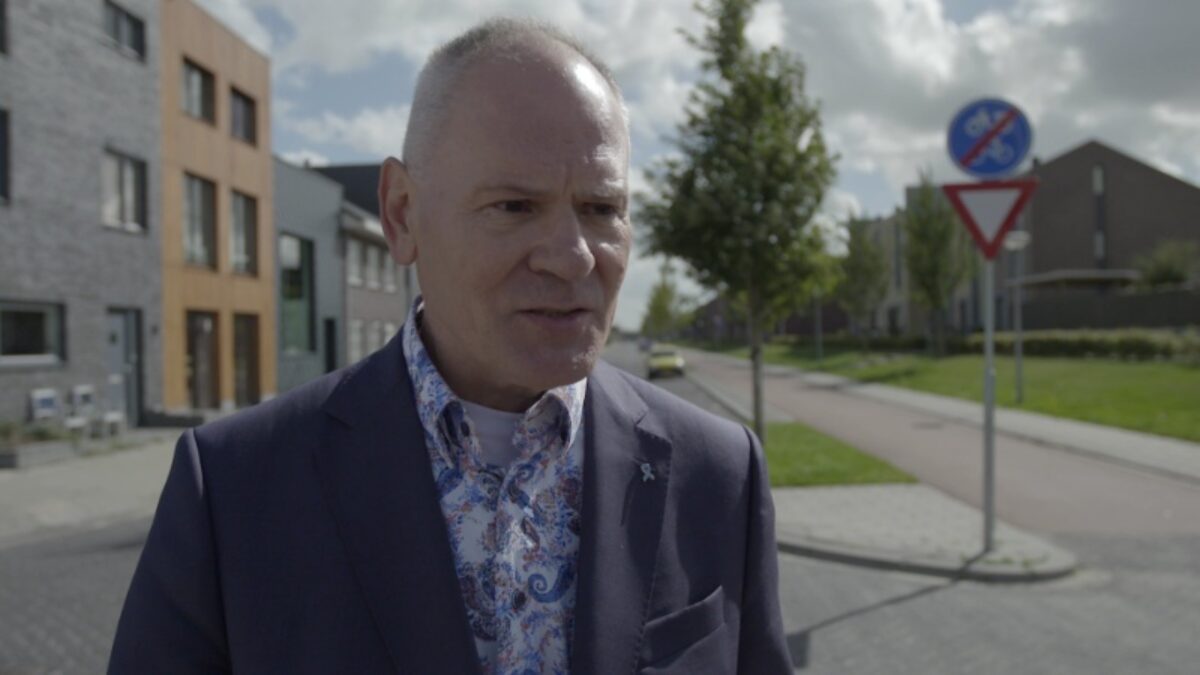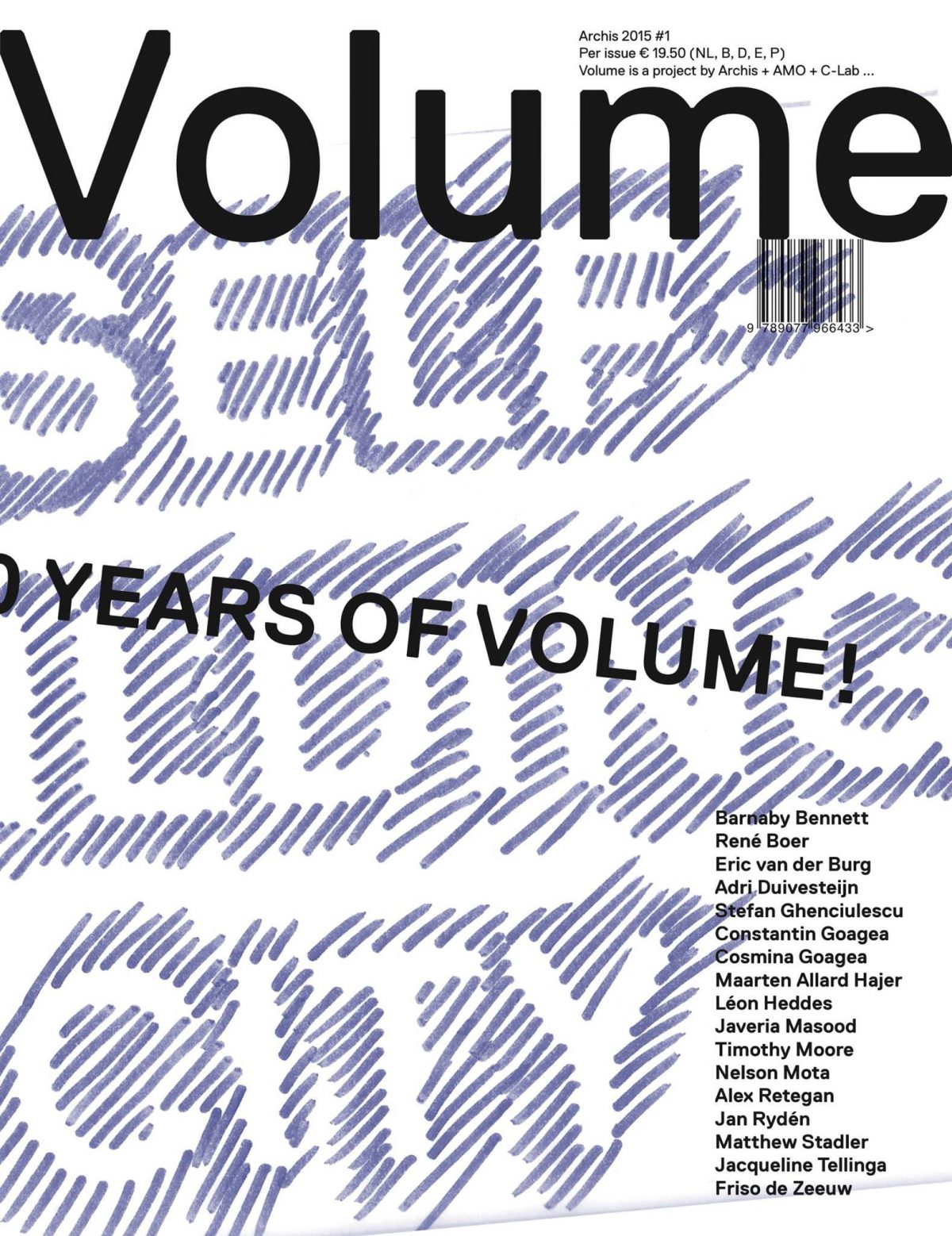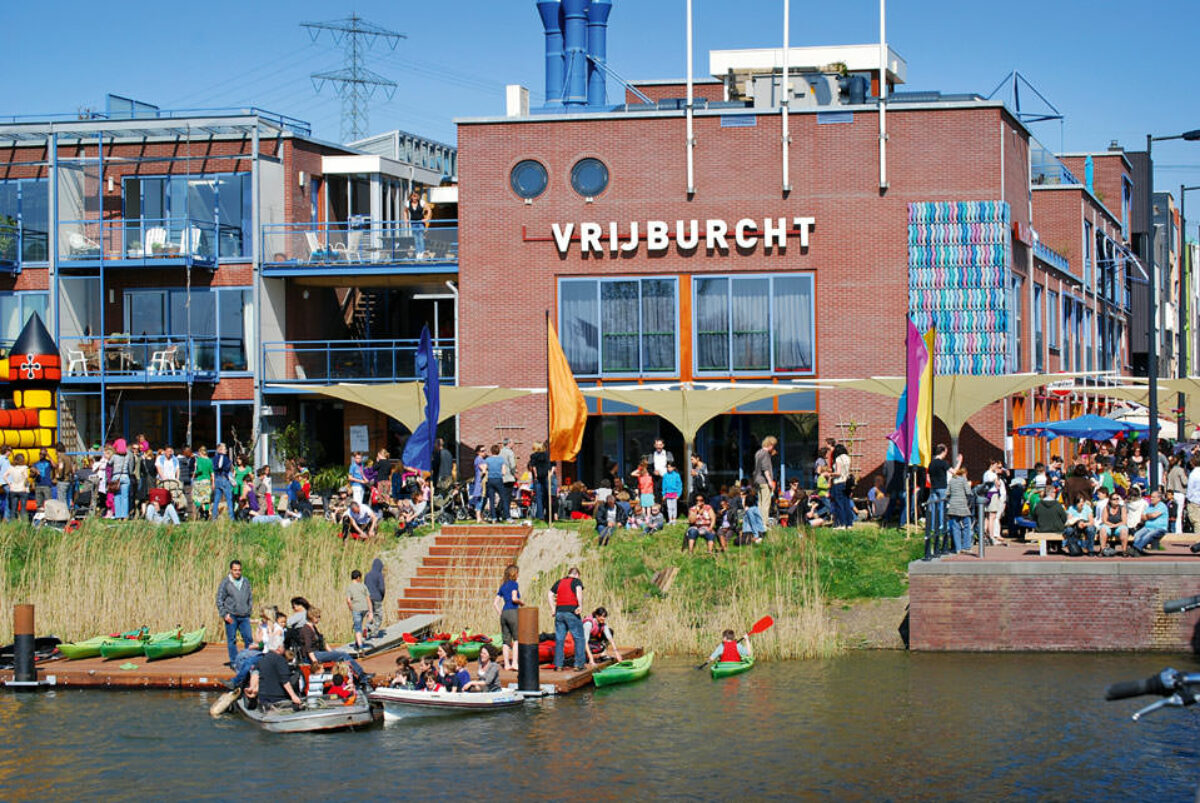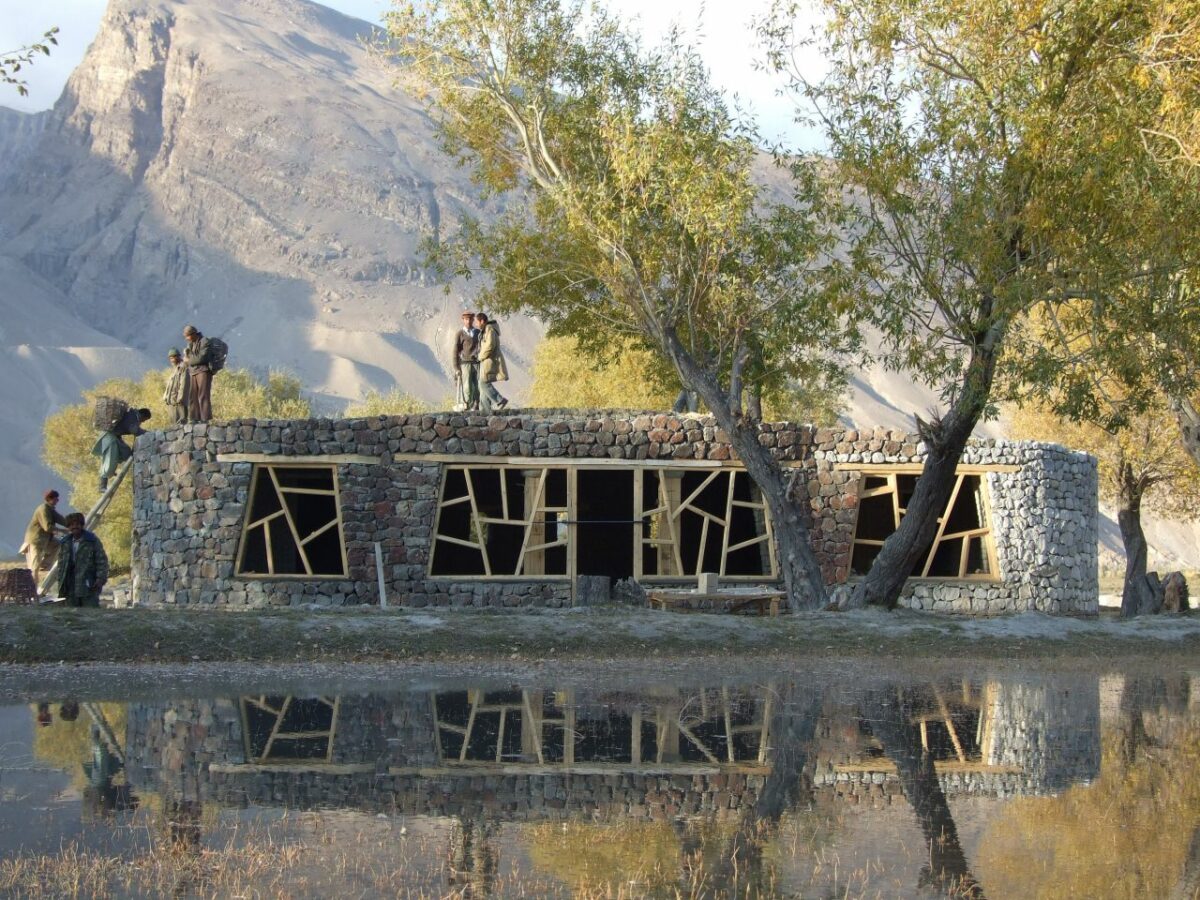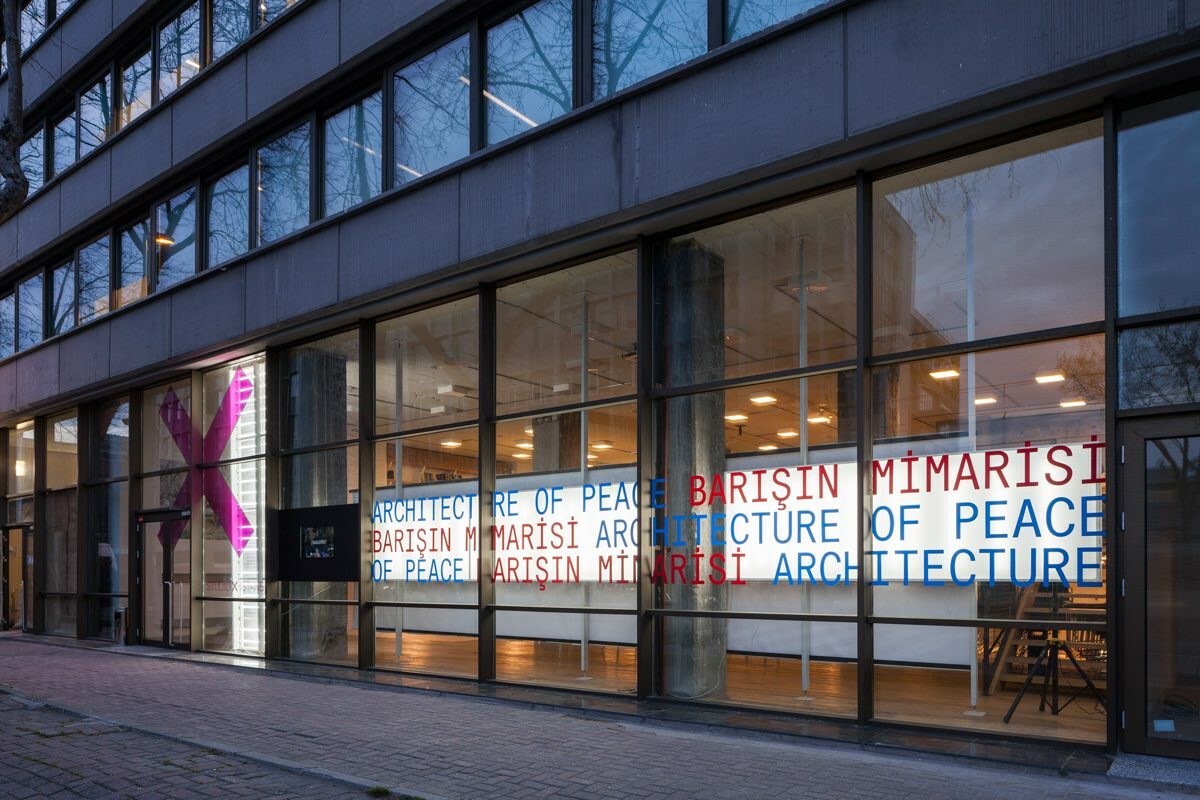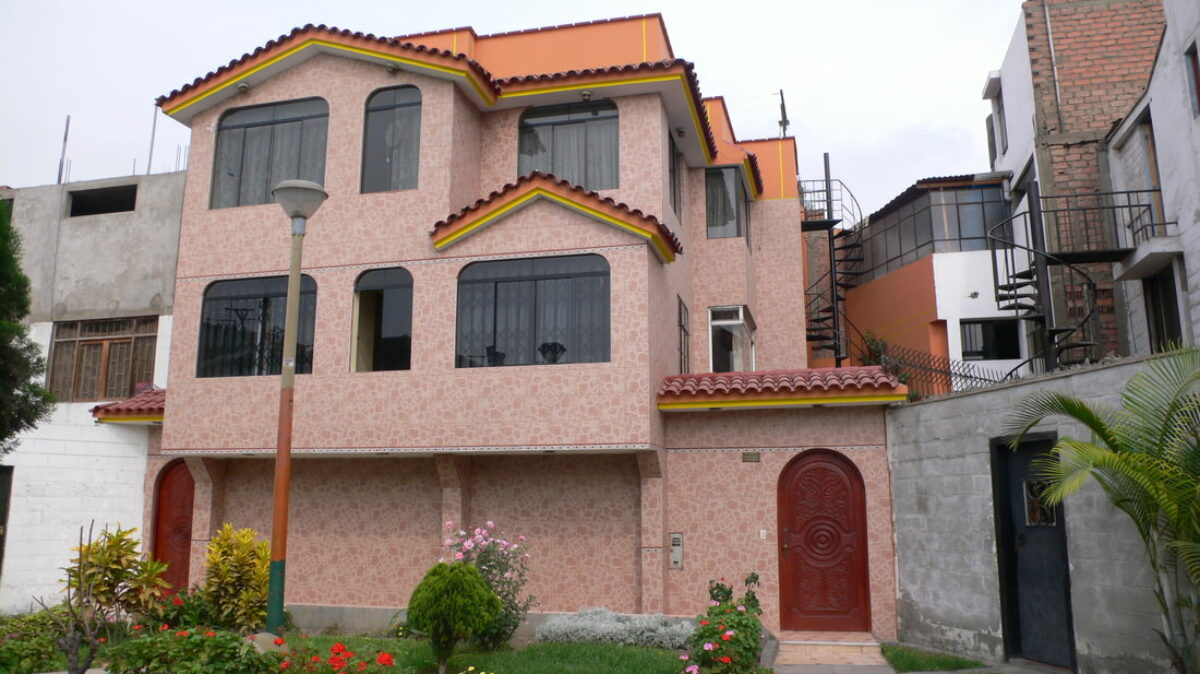If there is a moment to test a community’s resilience, it is after disaster has struck. Such situations often show a community pulling together in a shared feeling that ‘things’ have to be done, but also ambition to be involved and participate on an individual level. Christchurch, New Zealand was no exception when the city was ruined by a series of earthquakes. Yet, it may have come as a surprise for most to see how many people felt engaged and how many (temporary) projects were being proposed and executed. Maybe less surprising was the tendency among existing structures and powers to just carry on. The self-building city was welcomed at first, or maybe just tolerated by the powers that be, provided it wasn’t in the way of business as usual. So, how fundamental a change did we actually see?
Come along on Monday 16 March at Pakhuis de Zwijger in Amsterdam for the second edition of Archis Speaks Volumes.
